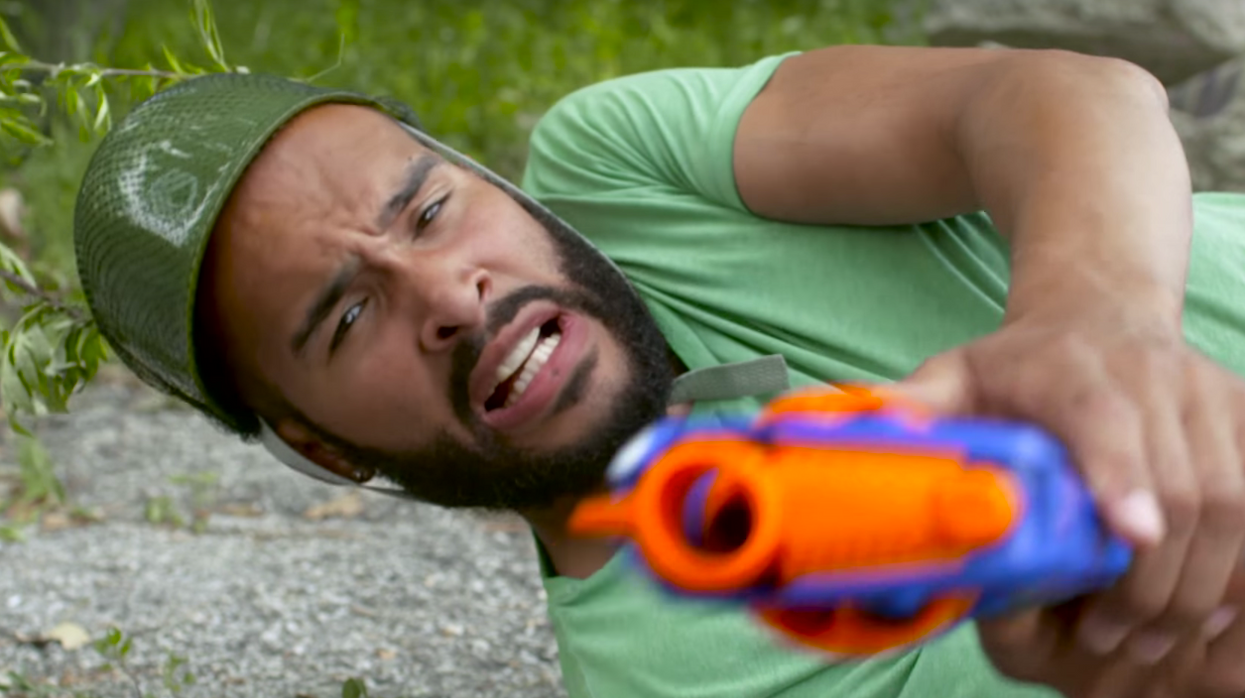3 Essential Elements of Capturing Dynamic Slow Motion Shots
Want to shoot some awesome slow motion shots, but aren’t sure where to start?

Everybody loves a good slo-mo shot, and chances are, if you have a DSLR, it’s got the capabilities to shoot one. However, the process is not quite as straightforward as simply changing the frame rate and slowing it down in post.
In this video by B&H, Zacuto’s Chase Kubasiak shares three important elements of slow motion shooting you’ll want to know before you hit record.
The basics variables of shooting in slow motion:
- Frame rate
- Shutter speed
- Lighting
Every one of these should be carefully considered before you jump in and start recording because each affects the other. For example, you can achieve the "natural amount of motion blur" by setting your shutter speed at double your frame rate, and higher frame rates and shutter speeds don't give your sensor as much time to capture light; this results in darker images, which means you'll need more lighting.
Motion blur and underexposure aren't the only things to look out for when shooting slow motion—you'll also have to pay attention to flicker, which is caused when the filament inside certain lights rapidly heat and cool. This means you'll need to specifically choose which kind of light to use for your slow motion shots—LEDs are great for high-speed, as well as certain HMI and fluorescent lights.
There's no right or wrong way to do this. Say you accidentally captured a lot of motion blur, but maybe you like that! Maybe you got a little bit of flicker from your light source, but it looks kind of cool. As long as you know about the potential issues that may arise when shooting high-speed footage, you shouldn't have any problem preparing to get the look you want.
Source: B&H












